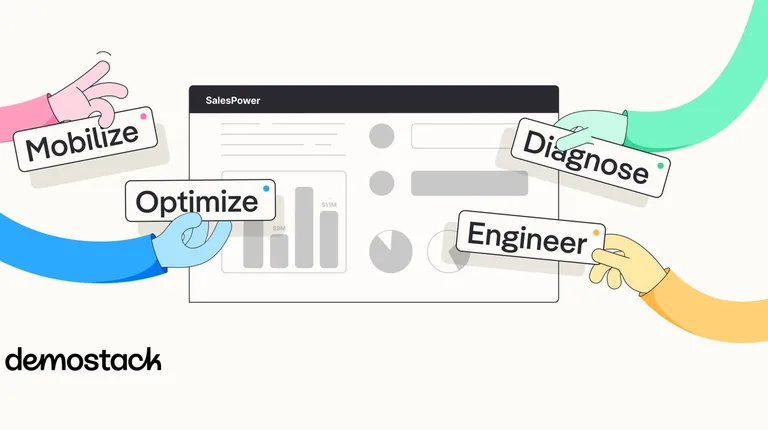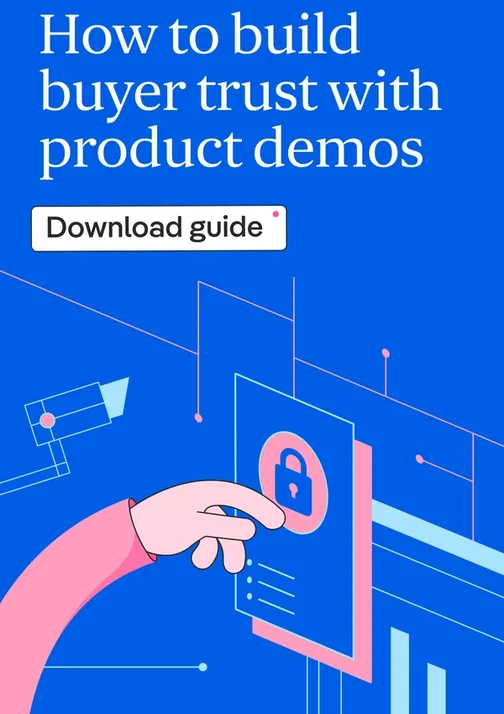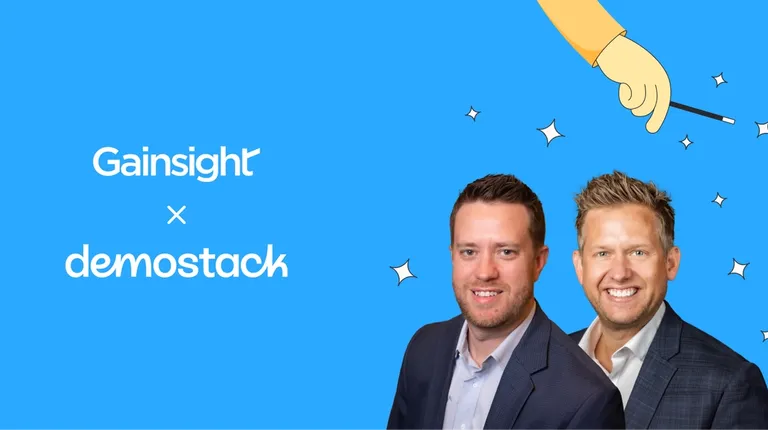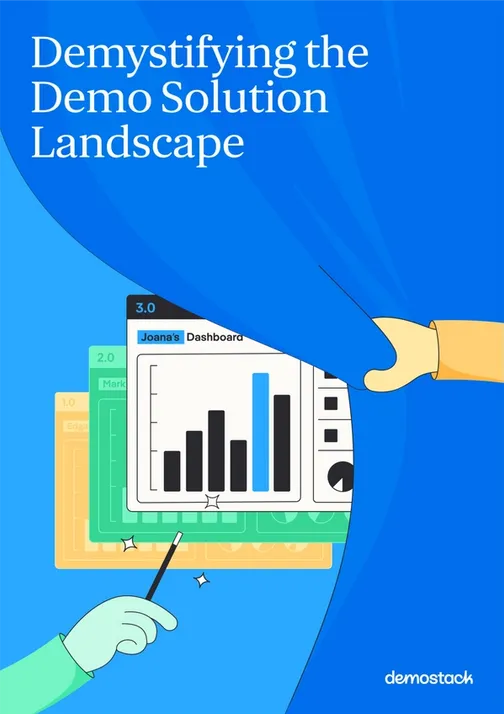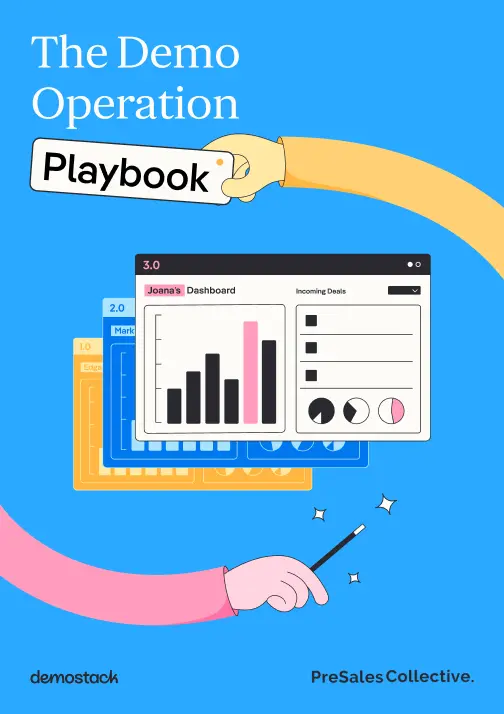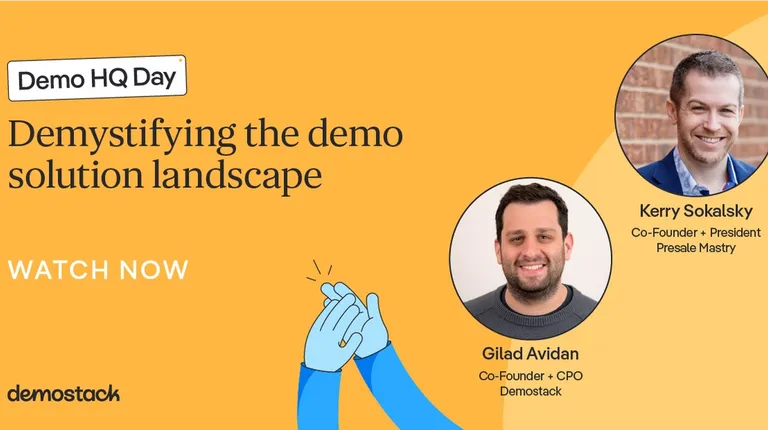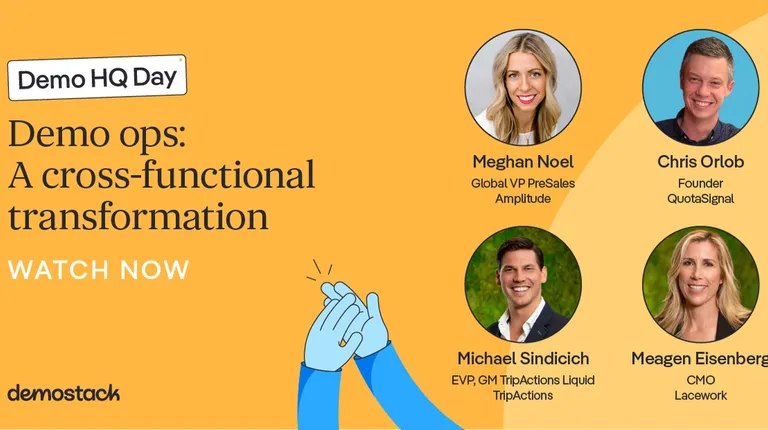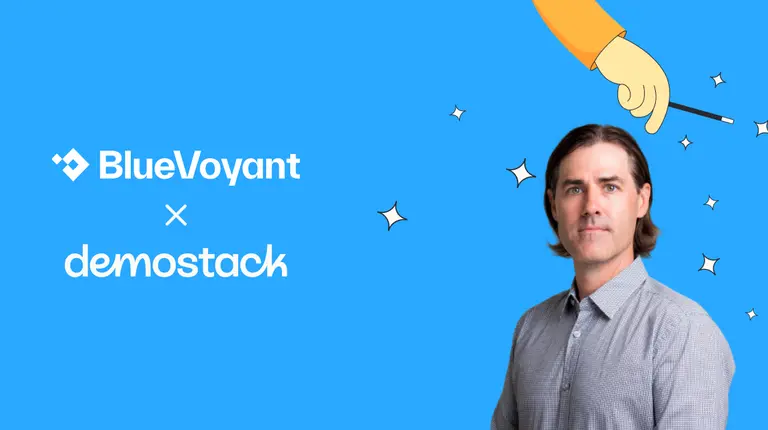Featured post
The D.E.M.O. Framework: Turn Chaotic Demo Prep Into A Shared Operating System
The D.E.M.O. Framework is a structured approach to delivering impactful product demos by focusing on four key steps.

Featured resources
Recent Posts
 Webinar
WebinarThe D.E.M.O Framework webinar
 Blog
BlogHow Synack Transformed Their Demo Strategy
 Blog
Blog7 Limitations Of Interactive Demo Software
 Blog
BlogNo More, No Less: How To Give Better Demos
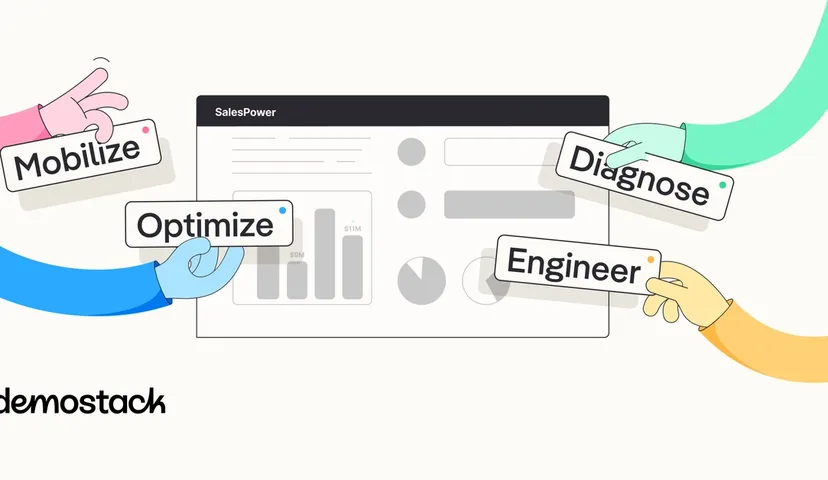 Blog
BlogThe D.E.M.O. Framework: Turn Chaotic Demo Prep Into A Shared Operating System
 Webinar
WebinarTrust, AI and the Sales Engineer
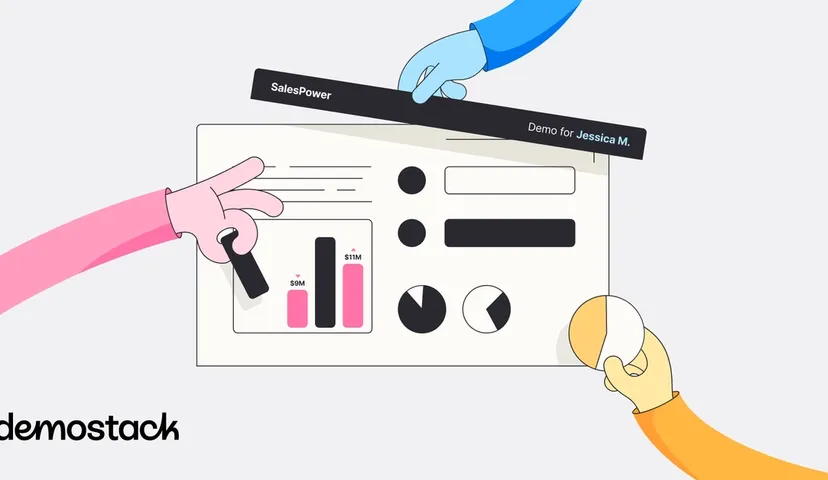 Blog
Blog10 Best Interactive Demo Software Solutions For 2025
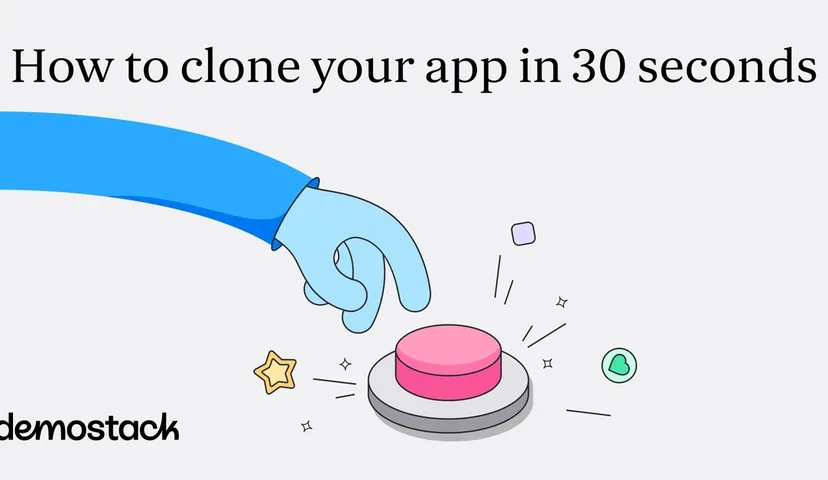 Product Updates
Product UpdatesClone your app in 30 seconds with Demostack
 Blog
BlogTop 10 Sales Performance Management Software

